Monochromatic design, characterised by the use of a single colourin various shades, tints, and tones, embodies timeless elegance and versatility. This design approach has been utilised in numerous design movements throughout history, from the boldness of Art Deco to the simplicity of Minimalism. At The Interior Design Institute, our comprehensive online courses empower aspiring designers to master the art of monochromatic design and other essential interior design principles.

Image source: Cosmos
The psychological impact of colour in interior design is profound. A single hue can evoke a range of emotions and experiences, shaping the ambiance of a space. Understanding colour temperature—whether a colour is warm or cool—affects how a space feels and can influence perceptions of size. For instance, warm colours like reds and yellows can make a room feel cosy and inviting, while cool colours like blues and greens can create a sense of calm and spaciousness.
Colour theory is fundamental in creating successful monochromatic schemes. By manipulating shades (adding black), tints (adding white), and tones (adding gray), designers can create depth and visual interest within a single colour palette.
Creating a successful monochromatic interior involves careful consideration and strategic planning. Here are some key approaches:
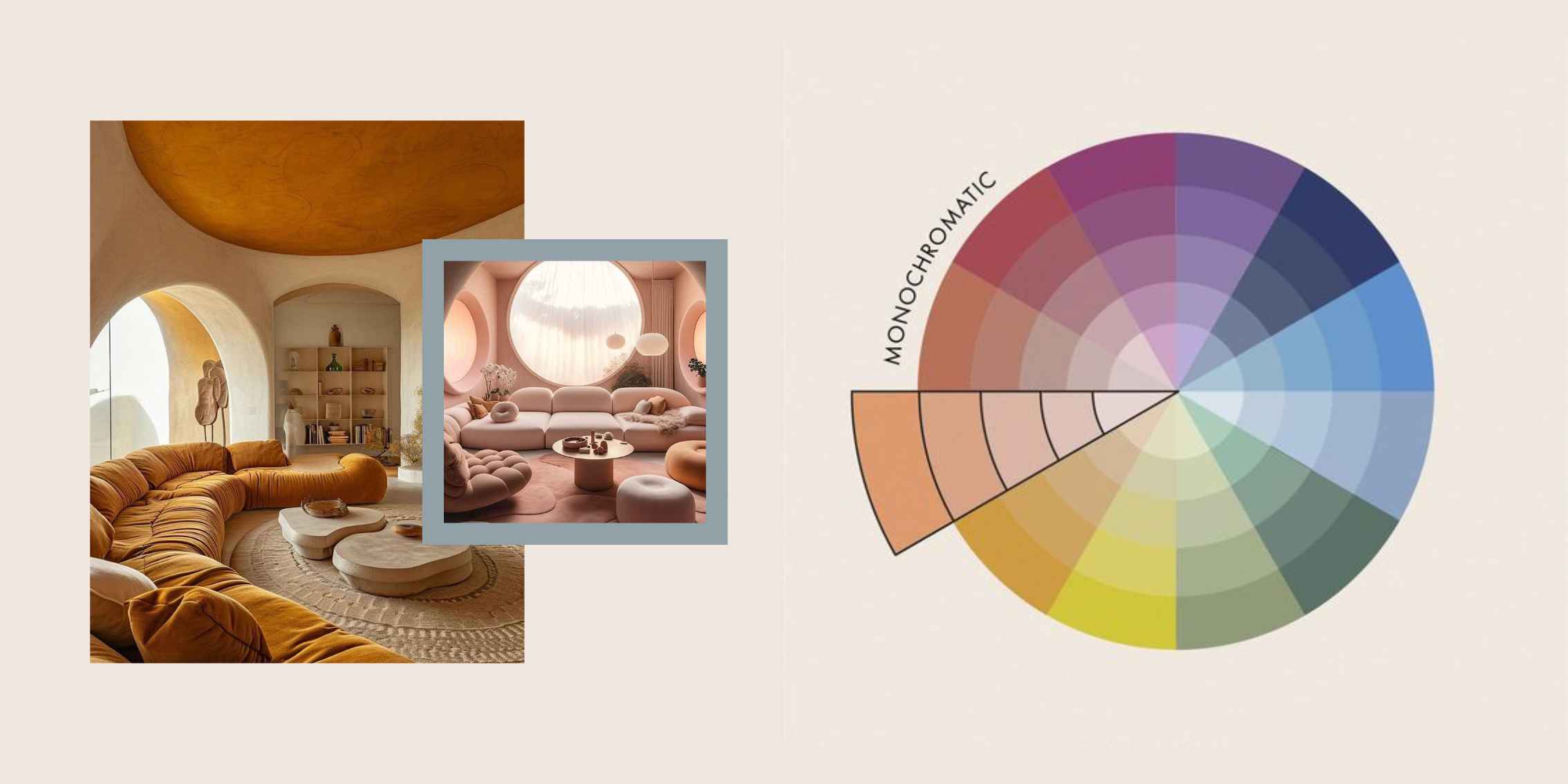
Image source: Cold Tea Social + Cosmos
Texture plays a crucial role in enhancing a monochromatic design. It adds dimension and prevents the space from feeling one-dimensional. Incorporating a variety of textures through different materials and finishes can elevate the overall design.
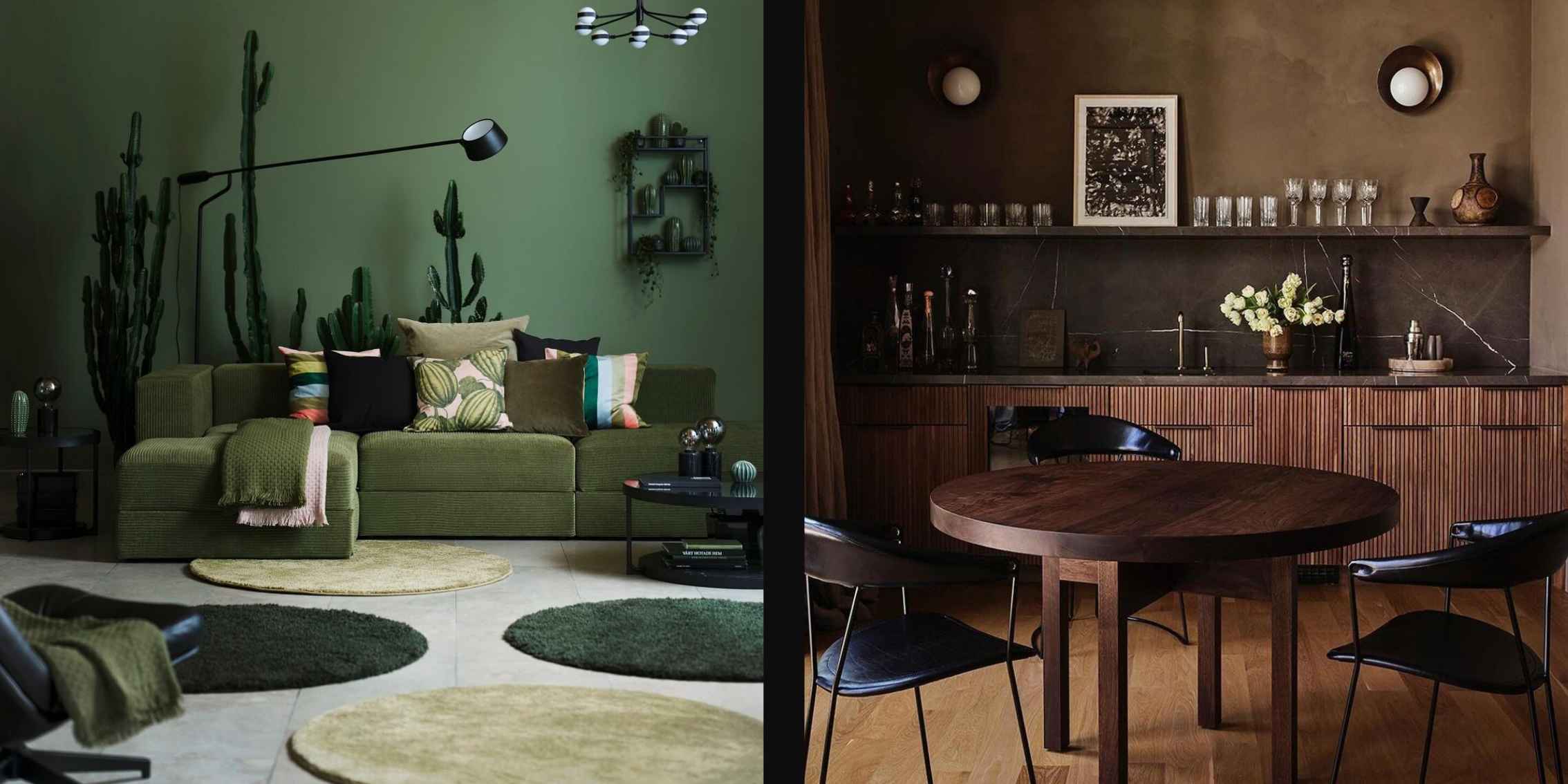
Image source: Cosmos
Patterns can add visual intrigue to a monochromatic scheme. Selecting patterns that complement the base colour and integrate seamlessly with the overall design is essential.
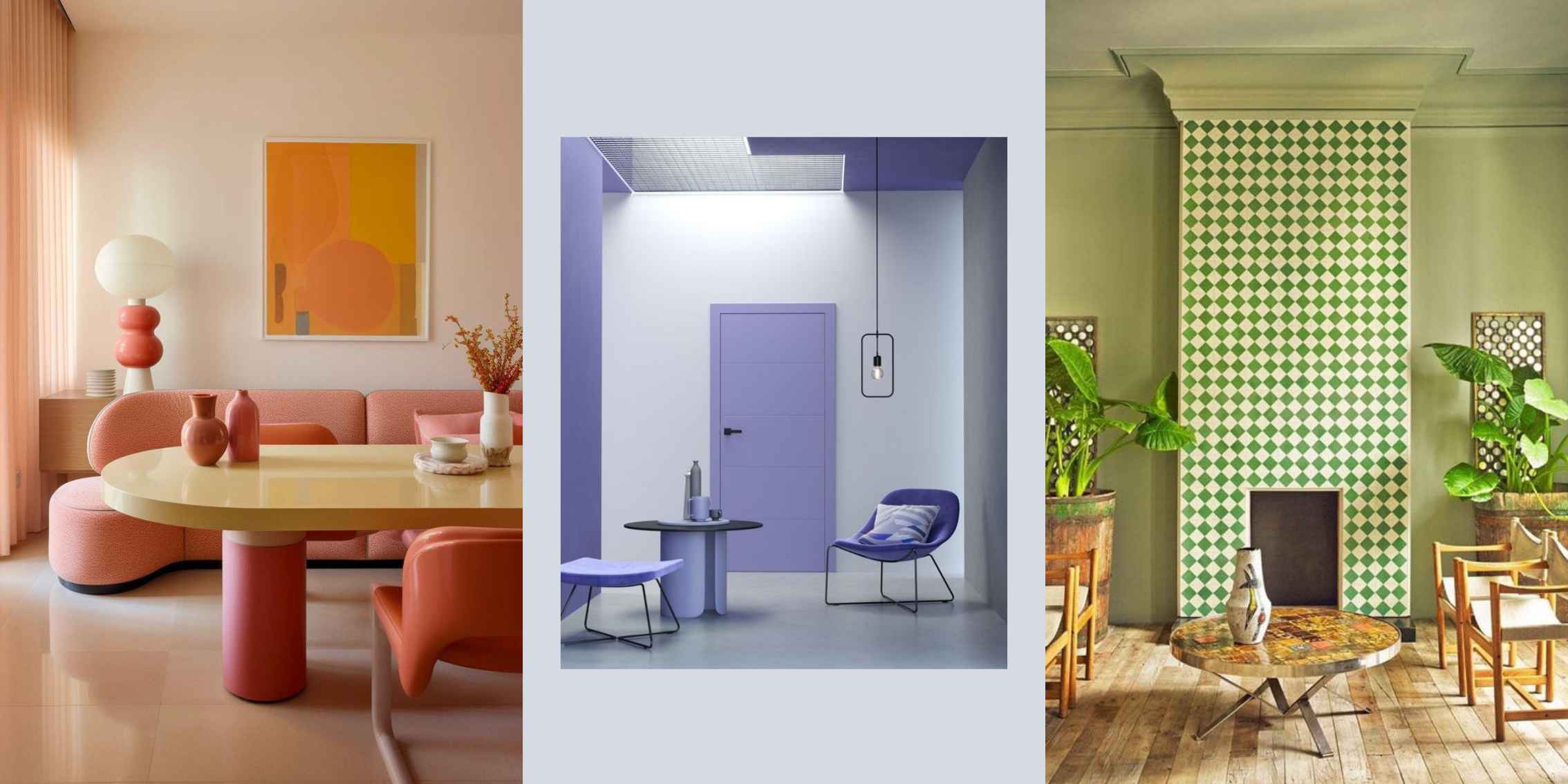
Image source: Cosmos
Strategic use of accent colours can inject personality and dynamism into a monochromatic space. Accents should be used sparingly to maintain harmony within the design.
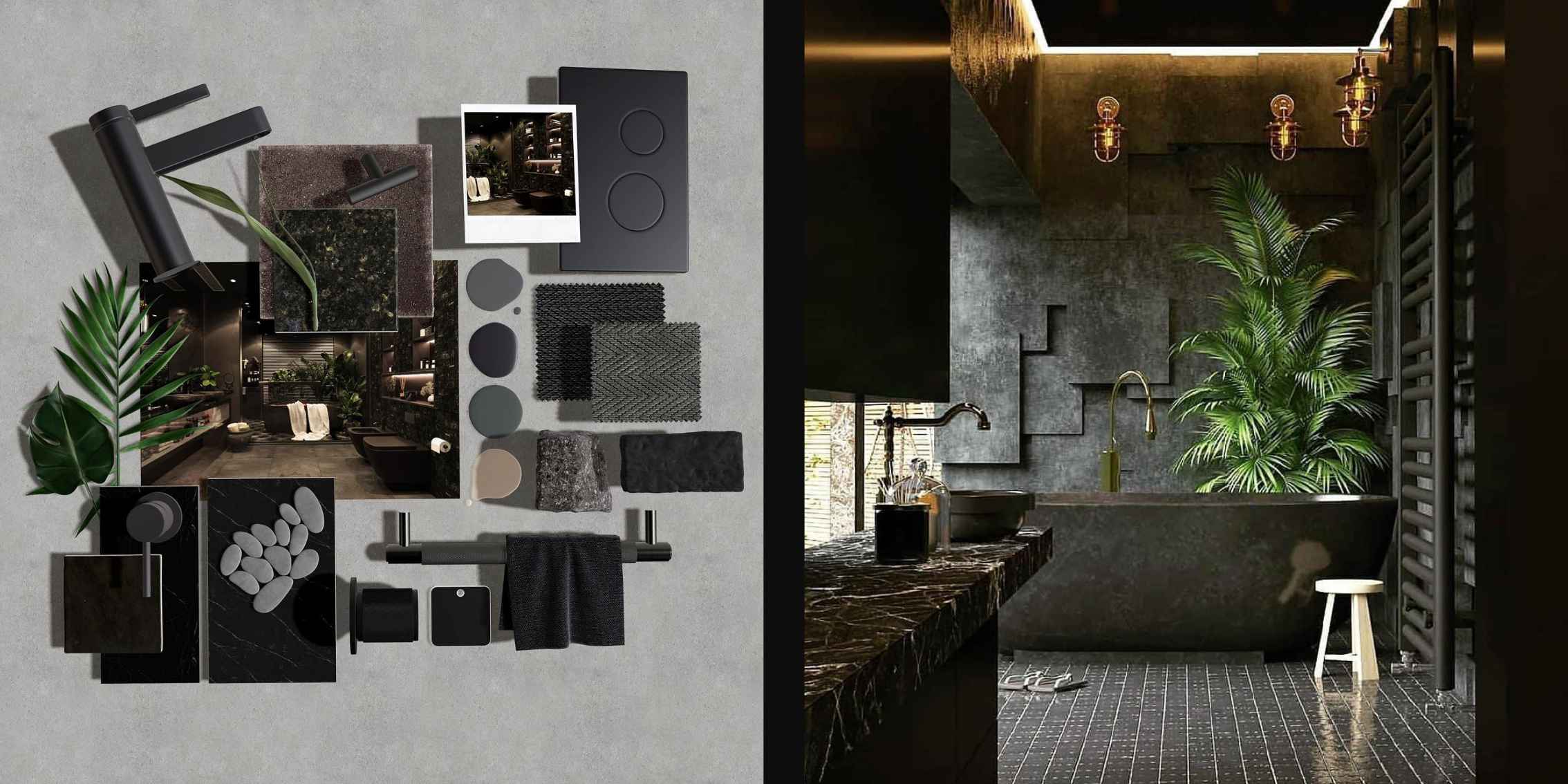
Image source: Mattoboard + Cosmos
Interior design offers a fulfilling career path for those passionate about creating beautiful, functional spaces. The field encompasses diverse job opportunities, including residential design, commercial design, hospitality design, and more. Studying interior design at The Interior Design Institute provides valuable skills, such as:
A strong foundation in colour theory, as explored in this article, is essential for any aspiring interior designer.
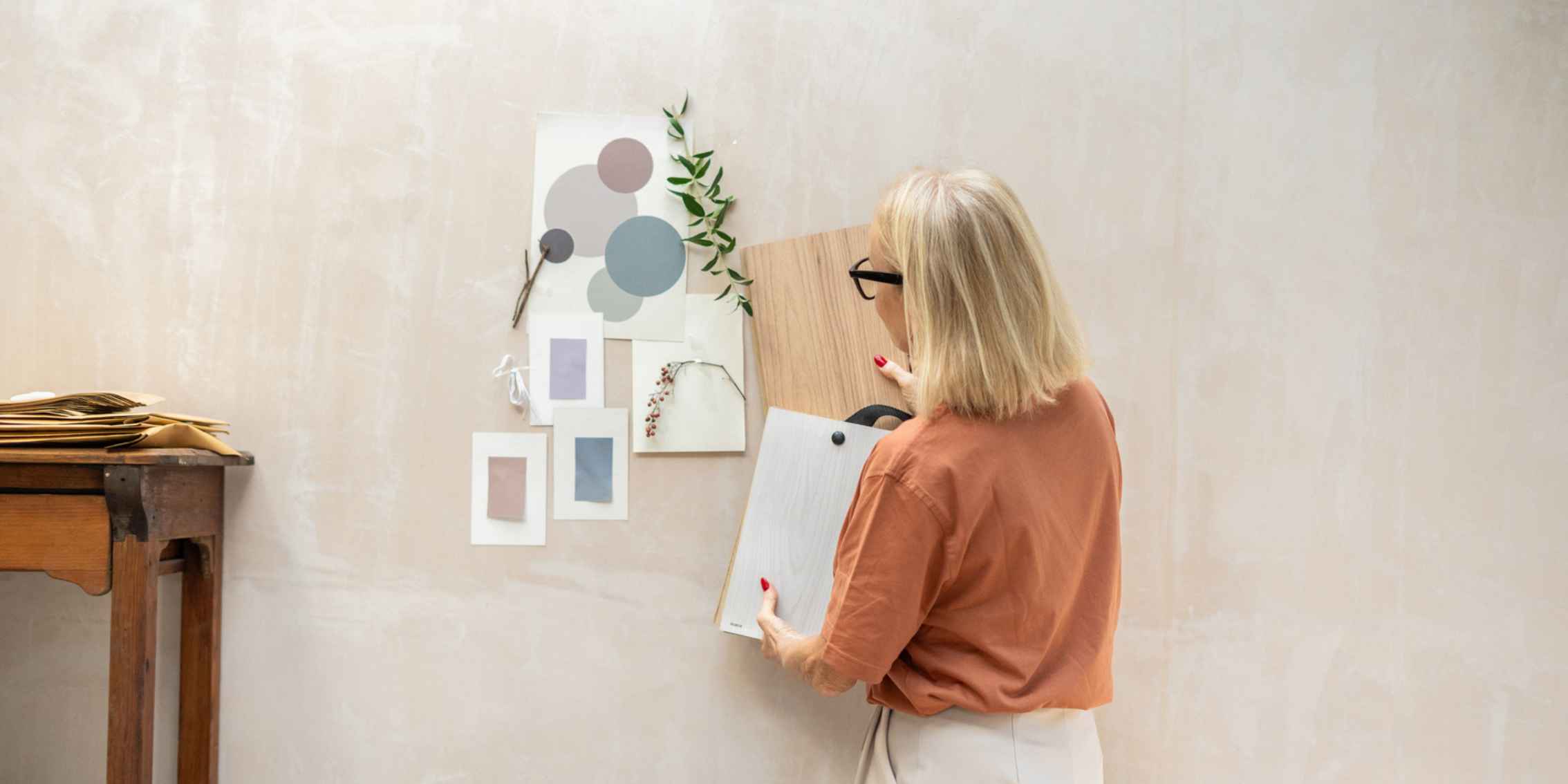
Image source: Stocksy
At The Interior Design Institute, our online interior design courses delve deeper into these concepts. Our curriculum covers foundational design principles, colour theory, and practical exercises that focus on creating harmonious monochromatic interiors. The convenience of online learning enables students to progress at their own pace and tailor their studies to fit their personal schedules. Gaining insights from seasoned professionals and participating in an online community of fellow design enthusiasts also enhances the overall educational journey.
Ready to dive into the world of interior design and master the art of monochrome magic? Enrol in our online interior design course today! What are you waiting for?